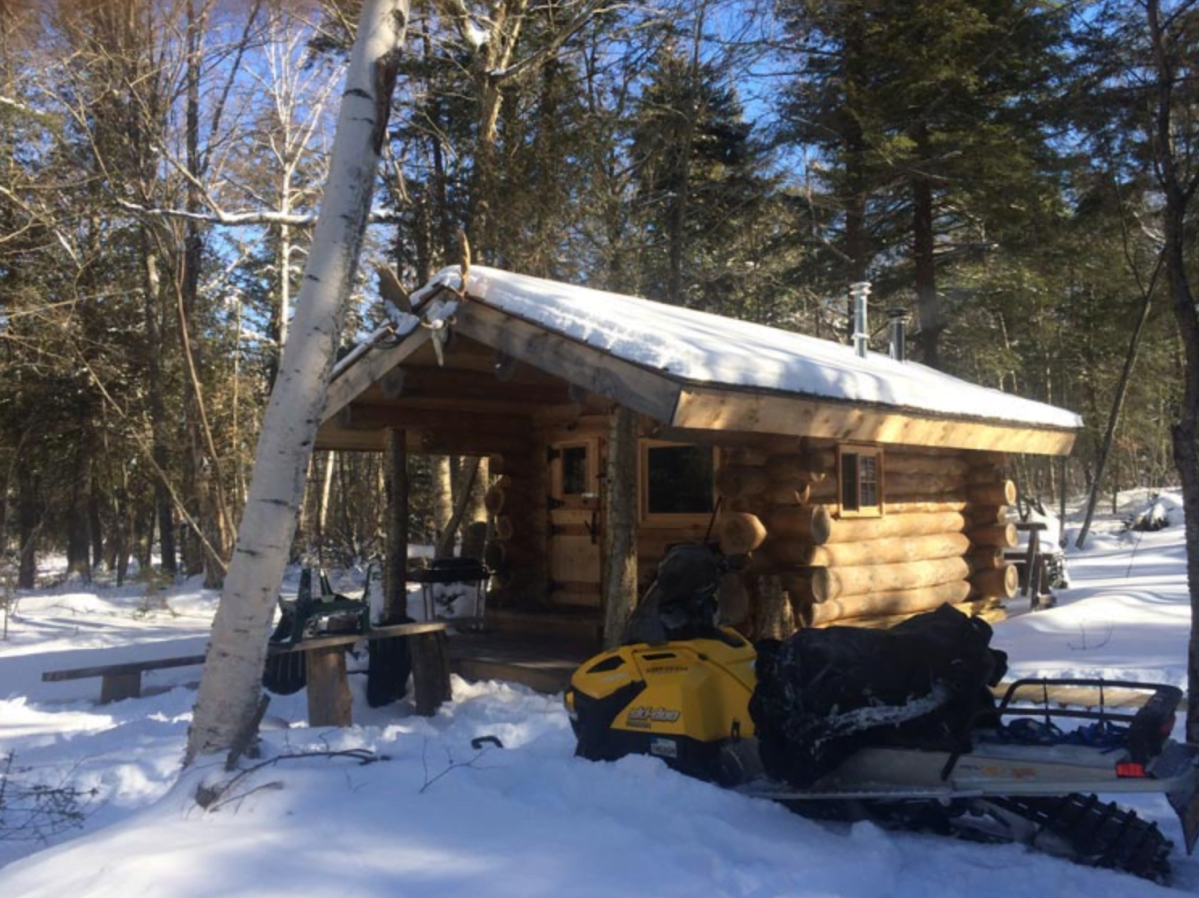Living off-grid in New York may sound like a dream for those seeking a self-sufficient and close-to-nature lifestyle, but it comes with its fair share of challenges. High taxes, the cost of living, and property prices make it difficult to find affordable land in this densely populated state. Additionally, harsh winters in New York can pose challenges for growing crops without a greenhouse. While off-grid living is generally legal in remote and rural areas, there may be requirements to connect to municipal sewer systems. Despite these obstacles, with careful planning and adaptation, living off-grid in New York can still be a rewarding and fulfilling experience.
Challenges of Off-Grid Living in New York: High Taxes, Cost of Living, and Property Prices
Living off the grid in New York can be an exciting and rewarding lifestyle choice. However, it comes with its fair share of challenges, including high taxes, a high cost of living, and expensive property prices. In this article, we will explore some of the key difficulties you may encounter when pursuing off-grid living in New York and provide insights on how to overcome them.

Difficulty finding affordable land for off-grid living
With its high population density, finding affordable land for off-grid living in New York can be a significant challenge. The limited availability of land for sale adds to the difficulty. Many areas are already developed or owned by large corporations, making it harder for individuals seeking off-grid living opportunities.
To overcome this challenge, it is crucial to thoroughly research the market and explore less populated regions of the state. Additionally, considering alternative options such as purchasing land through land trusts or cooperatives could provide more affordable opportunities for off-grid living.
Growing crops in harsh winters
New York experiences harsh winters, which can make it challenging to grow crops without the aid of a greenhouse. The cold temperatures, snowfall, and limited sunlight can hinder the growth of plants, especially those that are not well-suited to the winter conditions.
To overcome this challenge, careful planning and preparation for winter farming are essential. Utilizing greenhouses or high tunnels can provide a controlled environment for growing crops throughout the winter months. Additionally, choosing cold-tolerant crops and implementing season extension techniques, such as using row covers, can help extend the growing season and increase your chances of a successful harvest.
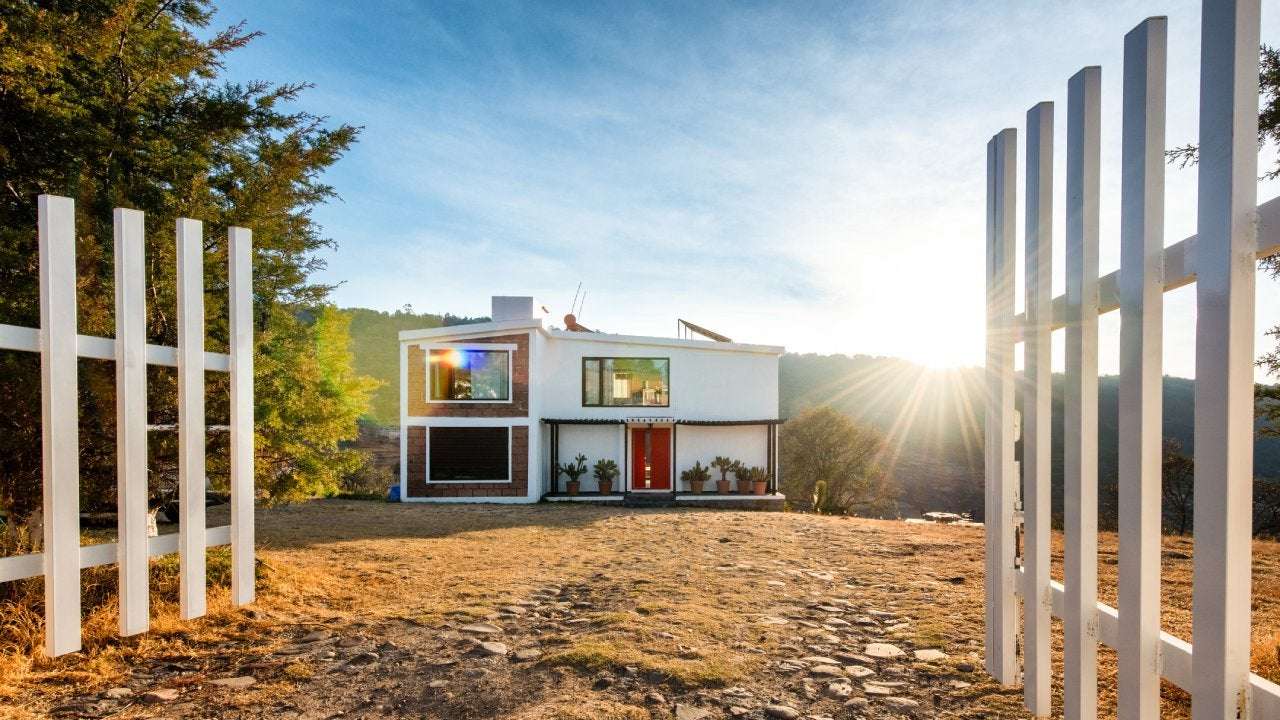
Requirements for connecting to municipal sewer systems
While off-grid living is generally legal in remote or rural areas of New York, there may be requirements for connecting to municipal sewer systems. These requirements vary by location and are often in place to protect public health and the environment.
To address this challenge, it is vital to understand the legal considerations for off-grid living in rural areas of New York. Researching the specific regulations and requirements of the area where you plan to live off-grid will help you navigate the process of connecting to municipal sewer systems, if necessary. Additionally, exploring alternative waste management systems such as composting toilets or septic systems can provide more autonomy and reduce reliance on municipal infrastructure.
Humid continental climate with mild and humid summers and cold winters
New York has a humid continental climate, characterized by mild and humid summers and cold winters. While this climate can provide ideal conditions for certain crops and activities, it also presents challenges specific to off-grid living.
Living in a climate with cold winters requires winterizing off-grid living systems to ensure functionality and prevent damage. This may involve insulating your cabin or home, investing in efficient heating methods, and stocking up on supplies for the winter months. It is essential to be prepared for snowstorms, power outages, and limited access to amenities during the colder months.
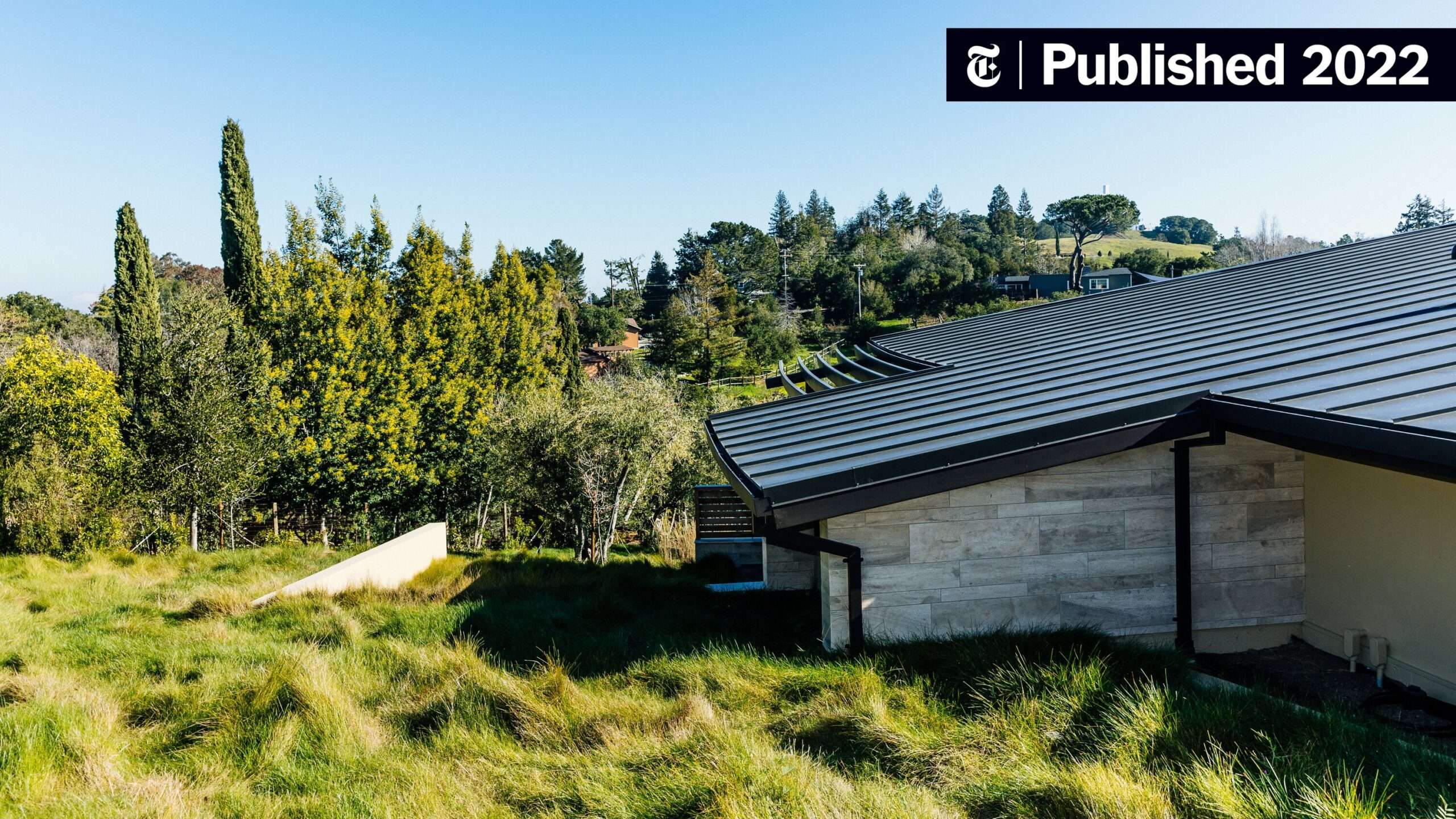
Crops produced in New York
Despite the challenges posed by the climate, New York produces a variety of crops. Some of the major crops produced in the state include hay, corn, oats, potatoes, soybeans, wheat, and maple syrup. When planning your off-grid lifestyle, it is crucial to choose suitable crops that are well-adapted to the local climate and soil conditions.
Researching the agricultural practices and crop varieties that thrive in New York will help you make informed decisions about what to grow on your off-grid property. Additionally, considering alternative farming methods such as hydroponics or vertical farming may allow you to maximize your crop production in limited space or challenging climate conditions.
Abundance of water availability and encouragement for rainwater harvesting
One advantage of off-grid living in New York is the abundance of water availability. The state is known for its many rivers, lakes, and groundwater sources. This provides off-grid homeowners with the opportunity to collect and utilize rainwater for their water needs.
Rainwater harvesting can be an excellent way to maintain a sustainable water supply and reduce reliance on municipal water sources. Many off-grid enthusiasts in New York install rainwater collection systems to capture and store rainwater for various uses, such as irrigation, cleaning, and even drinking.
However, it is important to be aware of any legal requirements or restrictions related to rainwater harvesting in your specific area. Some regions may have regulations in place to ensure responsible use of water resources, so it is essential to familiarize yourself with the local guidelines before implementing a rainwater harvesting system.
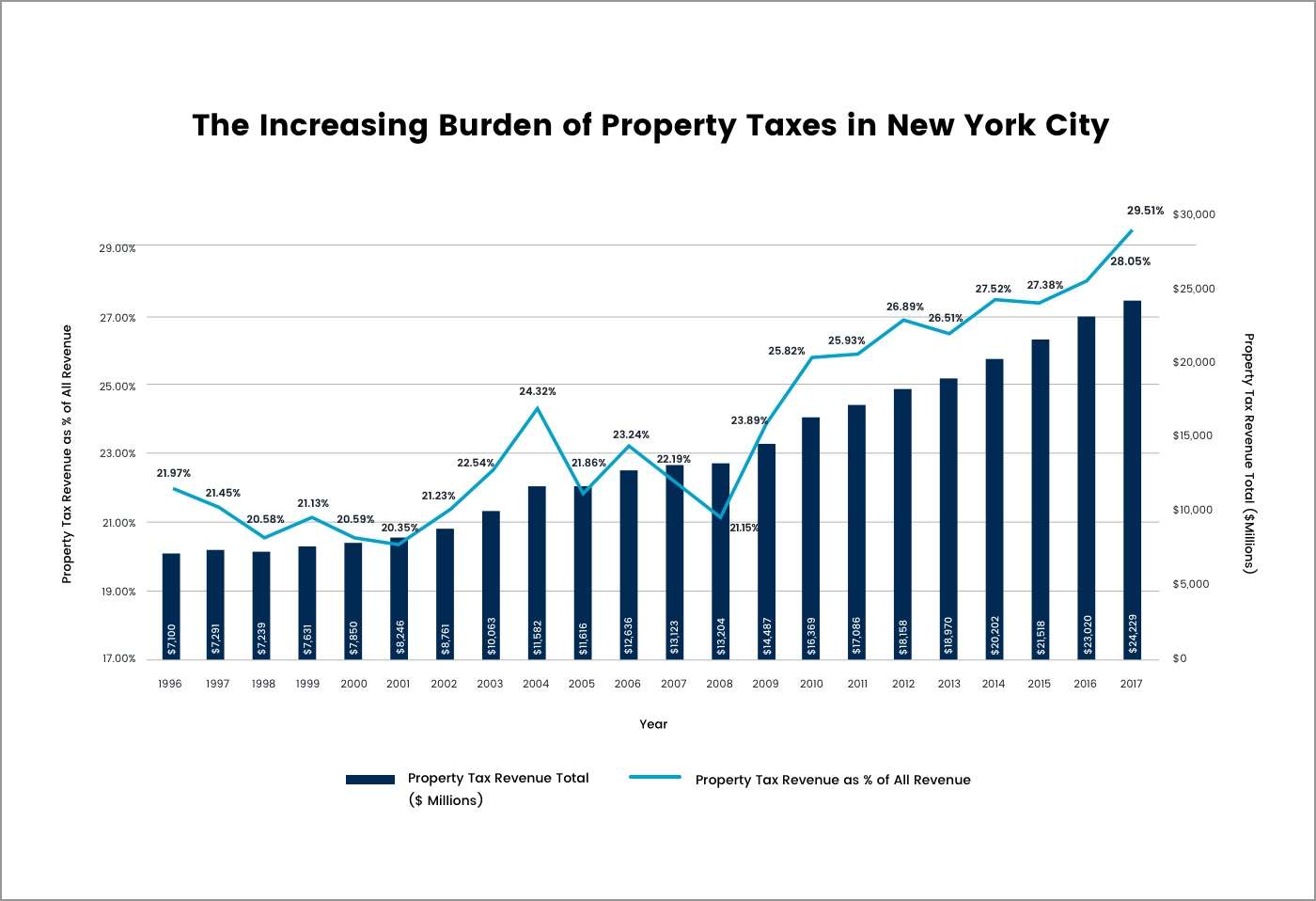
Wildlife in New York
New York is home to a diverse range of wildlife, including beavers, moose, white-tailed deer, bats, and various fish species. While this biodiversity provides an opportunity for nature enthusiasts to observe and coexist with wildlife, it can also present challenges for off-grid living.
It is important to understand the potential interactions and impacts of wildlife on your off-grid property. While some wildlife may pose a risk to your crops or property, others can be beneficial in maintaining a healthy ecosystem. Implementing appropriate fencing, deterrents, or protective measures can help mitigate conflicts and preserve the balance between humans and wildlife.
Varied road access
Road access in New York is generally good, with well-maintained highways connecting different regions of the state. However, the quality of road access may vary depending on the specific area where you choose to live off-grid.
Considerations for off-grid living in areas with limited road access include ensuring you have reliable transportation and understanding the potential challenges of accessing essential services. Living in remote or secluded areas may require additional planning and preparation to ensure you have necessary supplies, medical assistance, and other amenities readily available.
Additionally, it is crucial to research the road conditions during different seasons, as inclement weather, such as heavy snowfall or flooding, can impact road accessibility. Being prepared with alternative transportation methods, such as snowmobiles or off-road vehicles, can help you navigate these challenges effectively.
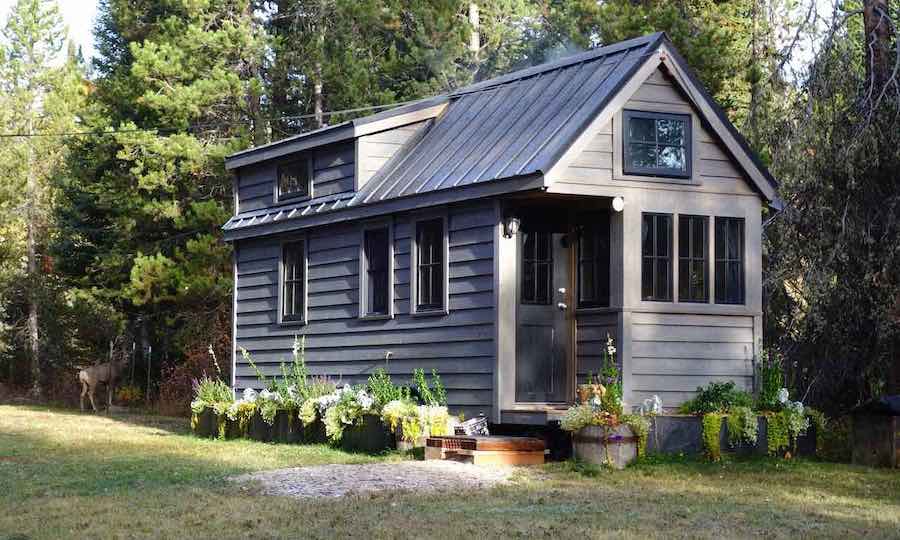
Higher cost of land and housing in New York
One of the significant challenges of off-grid living in New York is the higher cost of land and housing compared to the national average. The state’s desirable locations, proximity to major cities, and limited availability of affordable land contribute to higher property prices.
To address this challenge, consider exploring less populated regions or areas that may be further away from urban centers. While this may involve a trade-off in terms of access to amenities or services, it can provide more affordable opportunities for off-grid living.
Property taxes in New York
Property taxes in New York vary by county, with an average rate of 1.68%. Understanding and managing property taxes is an important aspect of off-grid living, as they can significantly impact your overall cost of living.
To effectively manage property taxes, it is crucial to familiarize yourself with the specific tax rates and regulations in the county where you plan to live off-grid. Seeking advice from local tax professionals or consultants who specialize in rural or off-grid living can provide valuable insights and help you navigate the complexities of property taxes.
In conclusion, off-grid living in New York offers a unique and fulfilling lifestyle, but it comes with its fair share of challenges. High taxes, a high cost of living, and expensive property prices can make it difficult to find affordable opportunities. However, with careful planning, research, and adaptation, these challenges can be overcome. By considering alternative land options, utilizing appropriate farming techniques, understanding legal requirements, and being prepared for the climate and wildlife, you can create a successful and sustainable off-grid lifestyle in the Empire State.

